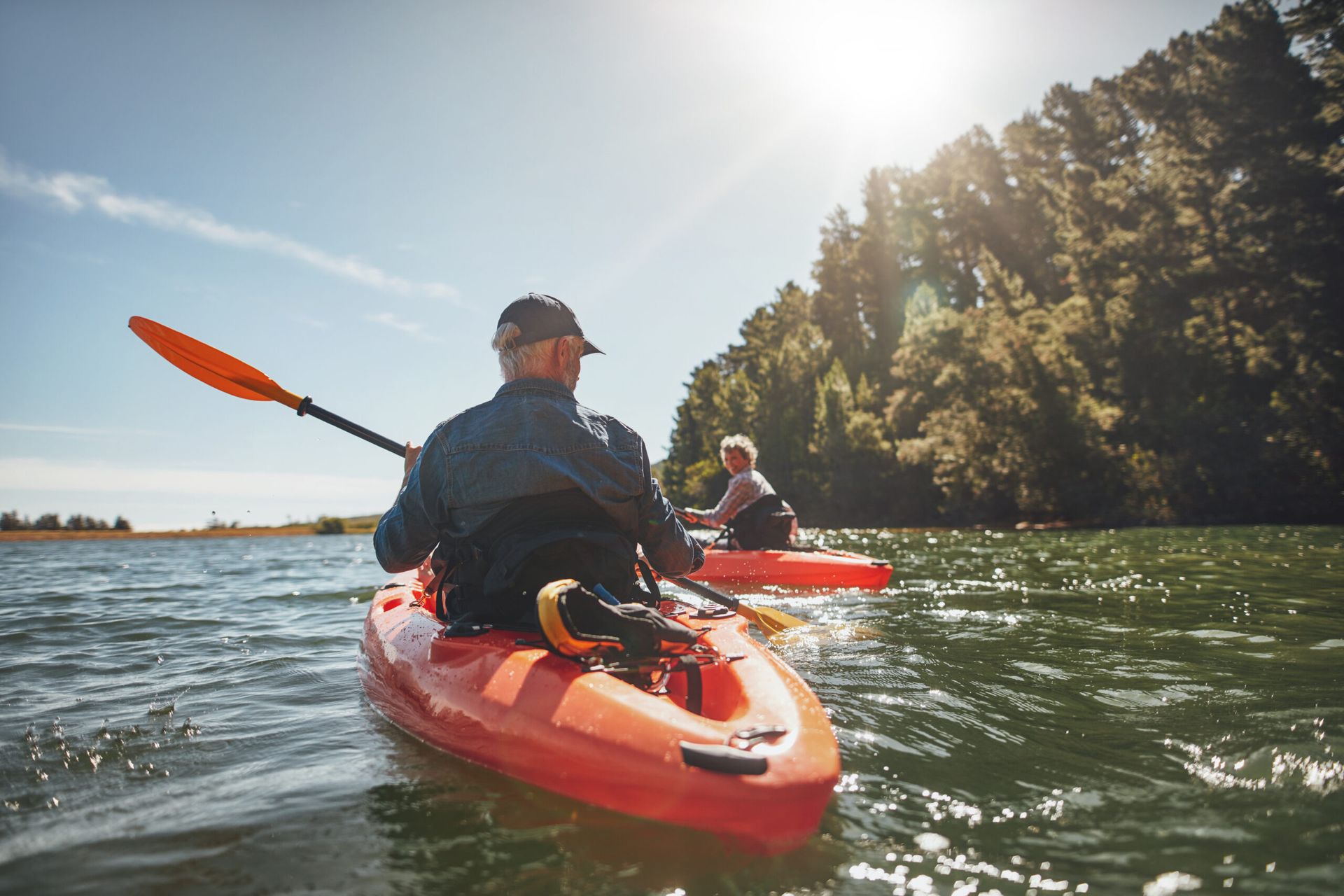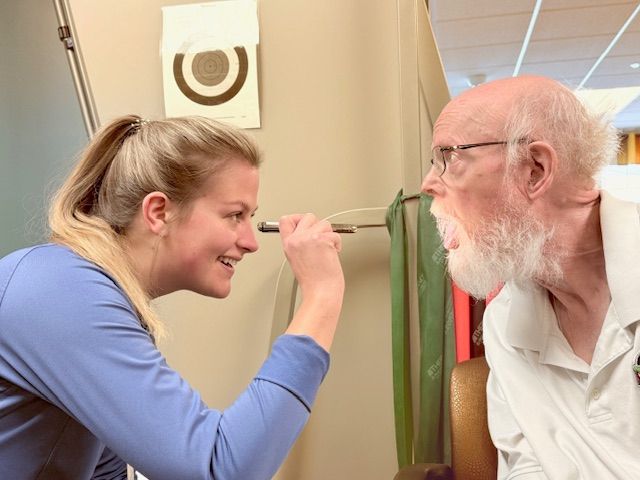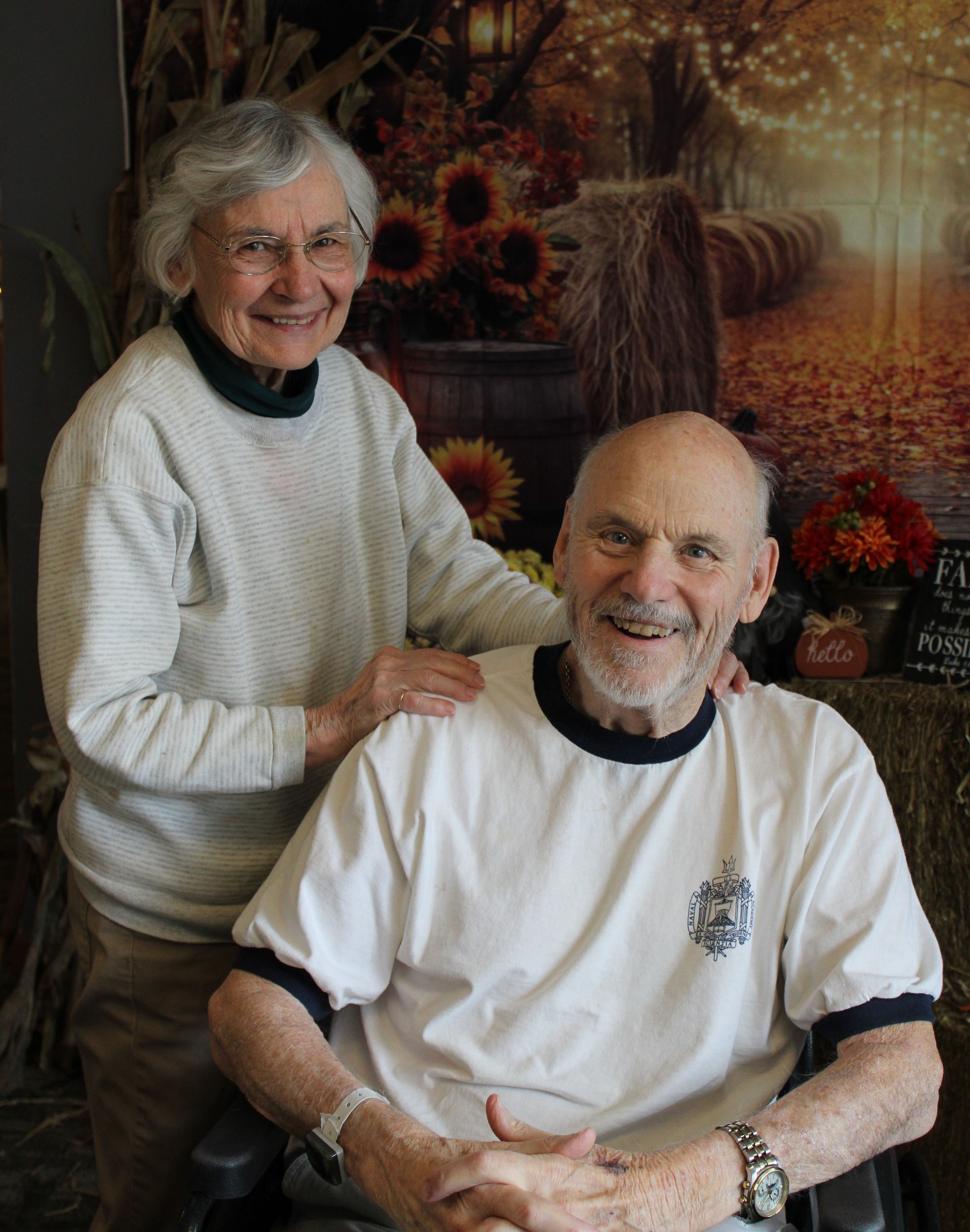
A Path to Healthy Aging

Summer is definitely here, at last. And for those of us in the northern climes, the warmer temperatures may get us more motivated to get healthy.
For those over 65 years of age, it doesn’t take much of a trigger to start thinking about improving our health and fitness. Who hasn’t tweaked their back, questioned a bum knee or worried about forgetting something, and not thought, “Uh oh, I’m getting old,” and then told yourself you needed to do something to get healthier.
The good thing is, there are real steps you can take to get you on a path to healthy aging. According to the National Institute on Aging, many factors influence healthy aging. Yes, your genes play a part, but other factors are within your control – such as a healthy diet, exercise, taking care of your mental health and seeing a doctor regularly.
In fact, rather than being a process of steady decline, aging can be a time of growth. That is, if we maintain our physical and mental skills; reduce our risk of disease and injury; and, stay productive and engaged in life. That’s really important for the 285,000 Minnesotans turning 65 in this decade, which is greater than the past four decades combined[1]!
Here are four important things to focus on to get on the right path.
- Exercise – Physical activity is a cornerstone of healthy aging. Studies suggest that people who exercise regularly not only live longer, but also may live better. Exercise can help maintain a healthy weight, prevent age-related decline in muscle function and improve mental health. You can simply increase the number of steps you get each day that keep your body moving, such as gardening, walking the dog, and taking the stairs instead of the elevator. Adults should aim for at least 150 minutes (2-1/2 hours) of activity a week that makes you breathe hard.
- Eat Healthy – The 2020-2025 Dietary Guidelines for Americans states that those over age 60 should follow a healthy dietary pattern because older adults generally have lower calorie needs but similar, to even increased, nutrient needs compared to younger adults. The Guidelines encourage nutrient-dense foods and beverages including vegetables, fruits, whole grains, seafood, eggs, beans, peas, and lentils, unsalted nuts and seeds, fat-free and low-fat dairy products, and lean meats and poultry—when prepared with no or little added sugars, saturated fat, and sodium.
- Get Enough Sleep – Getting enough sleep can impact your memory and your mood. Experts say older adults need the same seven to nine hours of sleep as all adults, but they often don’t get enough. If you need a push to get enough sleep, consider this: a study[2] showed that those in their 50s and 60s who got six hours of sleep or less a night, were at a higher risk of developing dementia later in life. Advice? Try to fall asleep and get up at the same time each day; avoid napping late in the day; exercise; keep your bedroom at a comfortable temperature and don’t watch TV, or use your computer, cell phone, or tablet in the bedroom.
- Reduce Social Isolation and Loneliness – The pandemic brought to the fore the importance of social activity to combat isolation. Studies are showing that older adults who are social isolated or lonely are at higher risk for heart disease, depression and cognitive decline. The benefit of senior living communities, such as Saint Therese, is that we have a variety of activities as a cornerstone of what we offer so older adults have many options. But if not in senior living, here are some ideas:
- Find an activity that you enjoy, restart an old hobby, or take a class to learn something new.
- Schedule time each day to stay in touch with family, friends, and neighbors in person, by email, social media, video chat, voice call, or text.
- Stay physically active and include group exercise, such walking with others.
- Find a faith-based organization to deepen your spirituality and engage with others.
About
At Saint Therese, our heartfelt purpose since 1968 has been a people first approach to living well by providing senior care and services where every life we touch feels welcomed, respected, and heard. We achieve this by doing ordinary things with extraordinary love every single day. Contact us to learn more.







